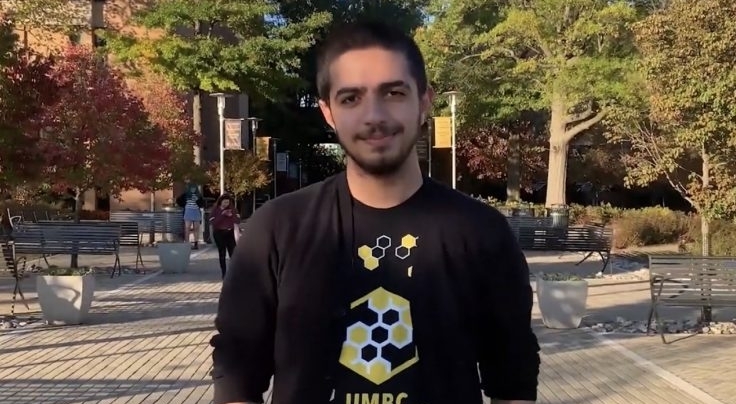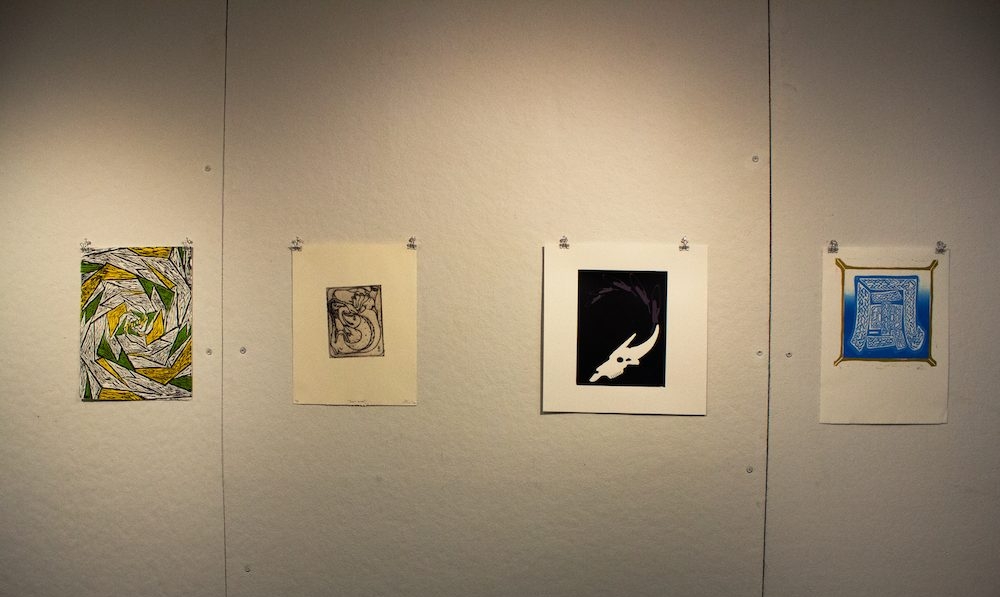A glass of red wine a day keeps the doctor away. A saying that stems from the old English proverb; an apple a day keeps the doctor away, and commonplace justification for the daily consumption of alcohol, but how much truth does the statement really hold?
The National Institute of Health moved to explore the validity of this statement after planning a study to determine the effects of drinking a glass of alcohol on the subject’s health. Recently, the potential findings of the experiment have been called into question after the funds to maintain the study were revealed to come from alcohol distributors.
On March 31, the Baltimore Sun published an article entitled, “Johns Hopkins to continue with international alcohol study despite criticism about funding,” where it explained public concern with Hopkins’ decision to continue with this study.
The Johns Hopkins ProHealth Clinical Research Center is one of 16 cross-continental institutions participating in the experiment. Because UMBC does not currently have an alcohol research study, they were not asked to participate in the experiment.
The ten year government trial was designed to follow 7,000 participants over six years. Half of them were required to consume one alcoholic drink per night and the other half to remain abstinent unless special occasion arose. This study, unlike previous ones, allowed participants to consume any alcoholic beverage of their choice. In turn, the NIH agreed to pay for every drink of each participant over the six year time period. The goal was to track heart attacks, strokes, heart-related chest pain and death in order to determine any causation between alcohol consumption and health symptoms. The targeted group was specifically adults 50 years and older who presented with high cholesterol, high blood pressure, type 2 diabetes, a heart attack, stroke or stent for a clogged artery in the past.
However, the experiment grew quite costly as the corporation was required to pay for every beverage of the 3,500 individuals enlisted to consume an alcoholic drink for the study. Originally, a corporation within the NIH, the National Institute on Alcohol Abuse and Alcoholism provided direct funding for the experiment.
The NIAAA is “the lead Federal agency for research on alcohol and health and the largest funder of alcohol research in the world,” according to their mission statement found under the NIH website.
In 2014, it was relieved that the Foundation, a non-profit group under the NIH, had reached out to alcohol companies for support in funding the experiment. Currently, the Foundation is receiving money from Anheuser-Busch InBev, Diageo, Pernod Ricard, Heineken and Carlsberg. These corporations have donated upwards of $67 million thus far and the Foundation is asking for another $23 million.
The debate is whether or not the findings of this study will be biased by the nature of their funding.
Carlo DiClemente, a psychology professor at UMBC with research experience in alcoholic studies offered insight into the matter by providing his interpretation of the controversy at hand.
“The concern is that maybe there is too much influence of the beverage companies and will Hopkins and the other sites around the world be able to be objective.” DiClemente said, adding, “If an agency like the NIAAA would have paid for it, it would have used up all of its budget.”
DiClemente explained the scope of the Foundation, stating that the reach of the alcohol corporations does not extend further than their ability to provide funds to the Foundation. The Foundation then takes the money and applies it to the study. The corporations do not have access to the design of the experiment or to results not made available to the public. In other words, the corporations should not be able to influence the results, however skepticism falls in whether or not they will.
DiClemente concluded by stating, “You have to balance the value of the work and the independence of the work.”
The situation presents a difficult decision for participating universities such as Hopkins, forcing them to evaluate the capabilities of the study after discovery of its funding.
For more information regarding the issue, visit the Baltimore Sun and Wired.

